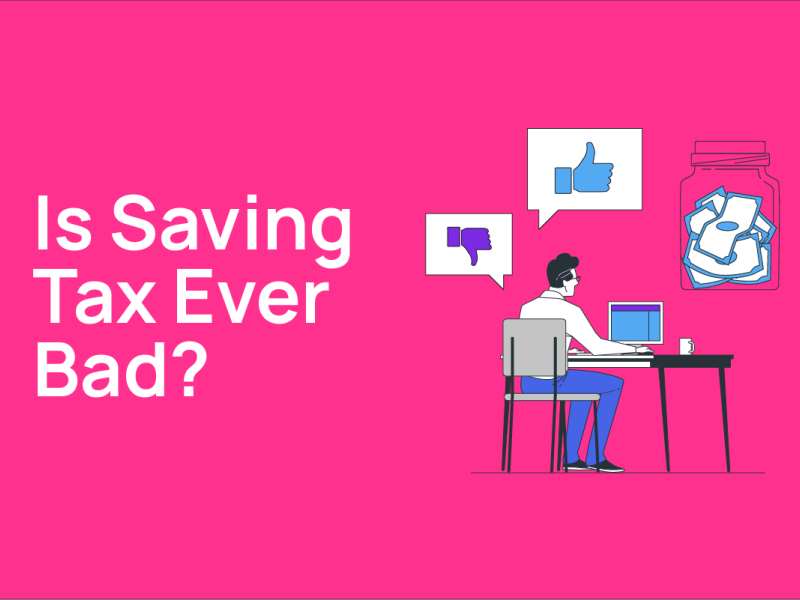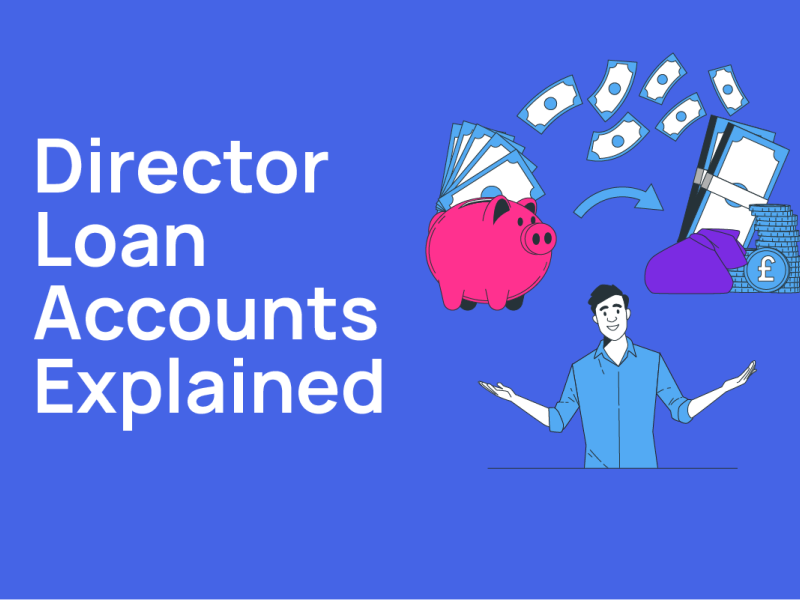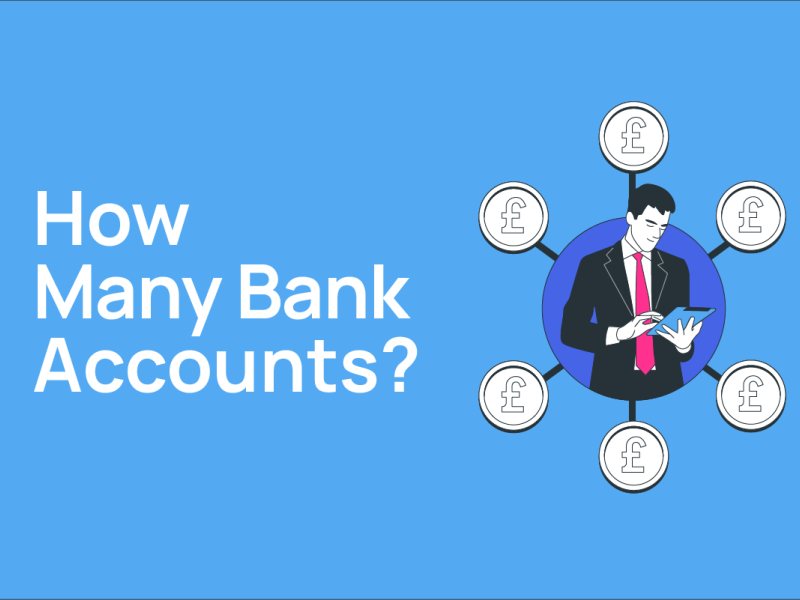Tax Efficient Salary and Dividend for 2025-26 Tax Year
-
Richard Jackson - 31/03/2025

Getting the right balance between salary and dividends is one of the most effective ways for company owners to minimise tax and maximise take-home pay. With the 2025/26 tax rules now confirmed, directors of limited companies especially those with profits under £100k or running businesses with spouses should review their remuneration strategy to ensure it still works in their favour.
Here’s a breakdown of the most tax-efficient approaches depending on profit levels and company structure.
Common Scenarios
- Single director-owner with pre-tax profits below £50,000
- Single director-owner with pre-tax profits between £50,000 and £100,000
- Husband-and-wife directors with pre-tax profits over £100,000
Key Considerations
- Corporation tax can range from 19 for profits under £50,000 to 25 for profits over £250,000 , with marginal relief up to £250,000.
- Personal allowance (PA) remains at £12,570, while the dividend allowance is £500.
- Dividend tax rates for 2025–26: 8.75% basic rate, 33.75% higher rate, and 39.35% additional rate.
- National Insurance (NI) thresholds and rates: 15% employer NIC above £5,000, and no Employment Allowance (EA) if there is only one director on the payroll. The EA is £10,500 in 2025–26 and can fully offset employer NIC if there are multiple employees.
- Single Director-Owner, Profits Under £50,000
Corporation tax on profits under £50,000 is 19%. As a sole director-employee, the company is not eligible for the Employment Allowance, so employer NIC at 15% applies above £5,000 of salary. Common salary approaches include:
- Minimal salary around £6,500: above the Lower Earnings Limit (LEL), so it secures NI credits toward the State Pension, but keeps employer NIC low.
- Full personal allowance salary of £12,570: triggers employer NIC above £5,000, but the corporation tax deduction outweighs the NIC cost, often resulting in slightly higher take-home pay.
- Figures are approximations and not meant to be exact calculations however the conclusions are unaffected.
Example Calculation (pre-tax profit of £45,000)
|
Scenario 1 Strategy |
£6.5k Salary |
£12.5k Salary |
|
Pre-tax company profit |
45,000 |
45,000 |
|
Director salary (gross) |
6,500 |
12,570 |
|
Employer NIC on salary |
225 (15% over 5k) |
1,136 (15% over 5k) |
|
Company profit after salary (subject to Corp Tax) |
38,500 |
32,430 |
|
Corporation Tax at 19 |
7,315 |
6,162 |
|
Net profit available as dividend |
31,185 |
26,269 |
|
Dividend tax (personal) |
2,152 (8.75%) |
2,254 (8.75%) |
|
Take-home dividend (net) |
29,033 |
24,015 |
|
Take-home salary (net) |
6,500 |
12,570 |
|
Total take-home (salary + dividend) |
35,533 |
36,585 |
In this illustration, a higher salary up to the personal allowance produces about £1,050 more in total take-home compared to a salary of £6,500.
4 Costly Mistakes Business
Owners Make with Dividends
Imagine paying dividends for years, thinking you're doing everything right. But then, one day, you discover you've made a costly mistake that could ruin your business. A mistake that could have been avoided.
Don't let this happen to you. Learn the 4 common dividend errors that can destroy your business - and how to prevent them.

- Single Director-Owner, Profits Between £50,000 and £100,000
Profits in this range face marginal corporation tax rates between 19% and 25%. Typically, the effective rate is around 22–23%, and each additional pound of profit in the marginal band can be taxed at 26.5%. Paying a full salary up to £12,570 usually saves enough corporation tax to offset employer NIC, even without the Employment Allowance. Dividends beyond that salary may fall partly into the higher dividend tax band at 33.75%.
Example Calculation (pre-tax profit of £100k)
|
Scenario 2 Strategy (Profit £100K) |
£6.5k Salary |
£12.5k Salary |
|
Pre-tax company profit |
100,000 |
100,000 |
|
Director salary (gross) |
6,500 |
12,570 |
|
Employer NIC on salary |
225 (15% over 5k) |
1,136 (15% over 5k) |
|
Company profit after salary (subject to Corp Tax) |
93,500 |
87,430 |
|
Effective Corp Tax rate |
approx 22.7% (marginal relief band) |
approx 22.2% (marginal relief band) |
|
Corporation Tax due |
approx 21,243 |
approx 19,419 |
|
Net profit available as dividend |
approx 72,257 |
approx 68,011 |
|
Dividend tax (personal) |
around 12,229 (basic + higher rate) |
around 13,348 (basic + higher rate) |
|
Total take-home (salary + net dividends) |
approx 65,021 |
approx 67,233 |
The full salary option increases overall take-home by around £2,200.
- Husband and Wife Directors, Profits Over £100,000
A husband-and-wife company with multiple employees can claim the £10,500 Employment Allowance, eliminating employer NIC costs on salaries up to that limit. Each spouse can take a salary of £12,570 tax-free, saving about 25% in corporation tax for each pound of salary with no net employer NIC cost.
Splitting dividends between two spouses takes advantage of two personal allowances, two basic rate bands, and two dividend allowances, significantly reducing higher-rate or additional-rate tax on dividends.
Example Calculation (pre-tax profit of £120k, 50/50 ownership)
We compare minimal salaries (£6,5k each) to full personal allowance salaries (£12,5k each). Both spouses then share remaining profits as dividends.
|
Scenario 3 Strategy |
Salary 2 x £6.5k |
Salary 2 x £12.5k |
|
Pre-tax company profit |
120,000 |
120,000 |
|
Total salaries |
13,000 (2 x 6,500) |
25,140 (2 x 12,570) |
|
Employer NIC on salaries |
450 total (covered by EA) |
2,272 total (fully covered by EA) |
|
Company profit after salaries |
107,000 |
94,860 |
|
Approx corporation tax |
24,075 (approx 22.5%) |
21,340 (approx 22.5%) |
|
Post-CT profit available for dividends |
82,925 |
73,520 |
|
Dividend per spouse (50:50 split) |
41,462 |
36,760 |
|
Salary per spouse |
6,500 |
12,570 |
|
Personal allowance usage |
6,500 out of 12,570 |
entire 12,570 used by salary |
|
Dividend allowance per spouse |
500 |
500 |
|
Taxable dividend per spouse |
around 34,892 |
around 36,260 |
|
Dividend tax per spouse (8.75 basic rate) |
3,055 |
3,176 |
|
Net dividend per spouse |
38,407 |
33,584 |
|
Net salary per spouse |
6,500 |
12,570 |
|
Total net per spouse |
44,907 |
46,154 |
|
Combined net take-home (both spouses) |
89,814 |
92,308 |
Paying the full personal allowance salaries yields about £2,500 more net household income, mainly because the higher combined salaries reduce taxable profits without incurring employer NIC due to the Employment Allowance. Both spouses remain within basic rate for their dividends, paying 8.75%.
This strategy is highly efficient for extracting profits over £100k.
4 Costly Mistakes Business
Owners Make with Dividends
Imagine paying dividends for years, thinking you're doing everything right. But then, one day, you discover you've made a costly mistake that could ruin your business. A mistake that could have been avoided.
Don't let this happen to you. Learn the 4 common dividend errors that can destroy your business - and how to prevent them.

Conclusion
- Single director-owner, profits below £50k: A salary up to the personal allowance (£12,570) produces slightly higher net income than minimal salary options, despite the employer NIC cost.
- Single director-owner, profits £50k to £100k pounds: A full personal allowance salary is even more beneficial due to the higher corporation tax saved in the marginal rate band.
- Husband and wife co-directors, profits over £100k: Each spouse taking a salary of £12,570 is highly tax-efficient when the Employment Allowance eliminates the employer NIC. Splitting dividends between two people doubles their basic rate bands, significantly reducing dividend tax.
Paying more salary beyond the personal allowance is generally unwise because it incurs employee NIC and higher income tax rates. Paying less than the personal allowance might forego valuable corporation tax savings.
As always, individual circumstances play a huge part in calculating the most tax efficient solution. The above is a general guide. If you would like help in calculating the most tax efficient solution for your business simply book a free 30min consultation by clicking here and we can discuss your options.
Download our Free Guide
4 Costly Mistakes Business Owners Make with Dividends
Imagine paying dividends for years, thinking you're doing everything right. But then, one day, you discover you've made a costly mistake that could ruin your business. A mistake that could have been avoided.
Don't let this happen to you. Learn the 4 common dividend errors that can destroy your business - and how to prevent them.



